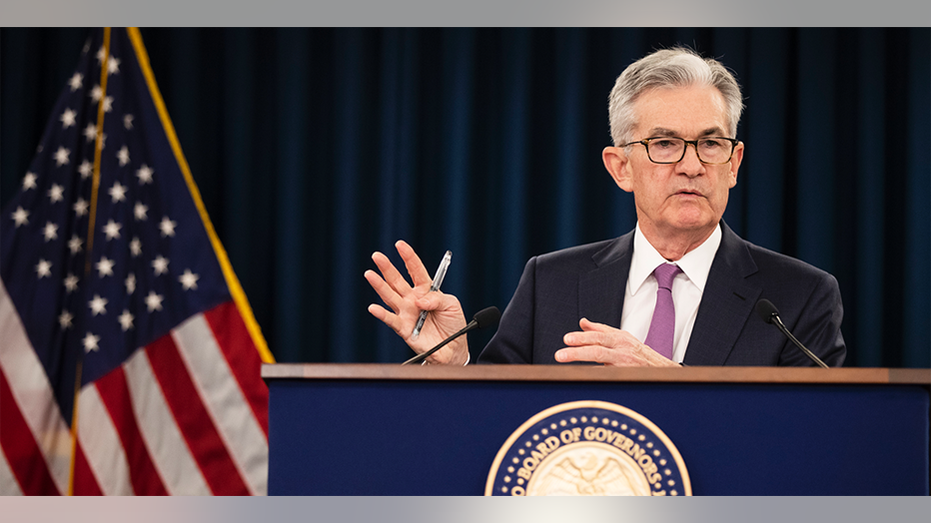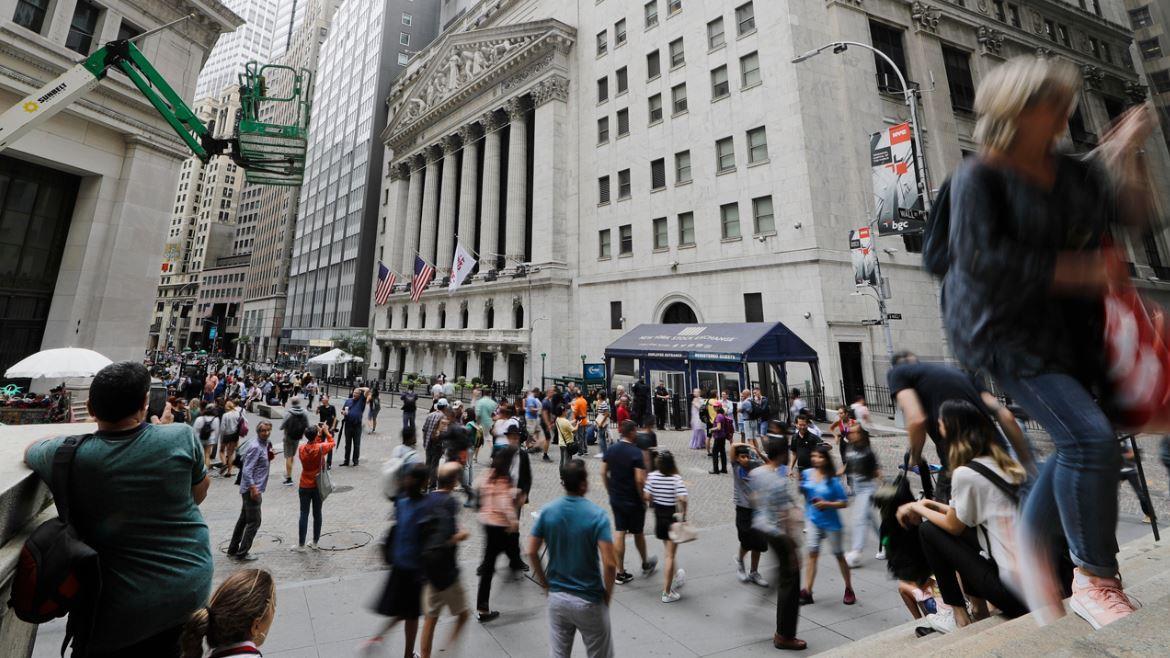Blowout November jobs report cements Fed's wait-and-see approach
November’s blowout jobs report, which surged past Wall Street’s expectations, further solidified bets that the Federal Reserve will put interest rates on hold at least through the first quarter of 2020.
Even though employers added a stronger-than-expected 266,000 jobs last month and unemployment ticked down to a 50-year-low — reinforcing the Fed’s characterization of the labor market as “strong” while signaling the longest economic expansion on record will continue — inflation has remained persistently below the U.S. central bank’s preferred level over the past seven years.
“Powell and others have strongly suggested the Fed would be on hold for a while,” David Berson, chief economist at Nationwide, told FOX Business. “They think the economy is in a good place.”
GET FOX BUSINESS ON THE GO BY CLICKING HERE
At the end of October, Chairman Jerome Powell told reporters he'd need to see a "really significant" rise in inflation above 2 percent before reversing course and returning to interest hikes. That was after the Fed’s most recent meeting, when policymakers voted to cut interest rates for the third time this year before pressing pause on future action.
WHERE ARE ALL OF THE JOBS? THESE SECTORS HIRED THE MOST IN NOVEMBER
Powell said as long as the economic outlook, including the strong labor market and solid consumer spending, remain unchanged, policymakers believe the current stance of monetary policy will remain appropriate. Interest rates are currently at a range between 1.5 percent and 1.75 percent.
Analysts seconded that assessment, saying it was difficult to make a case for either interest rate cuts or increases.
“This report cements the Fed into ‘wait and see’ mode,” said Josh Wright, chief economist at iCIMS and a former Fed staffer. “The U.S. economy – with a little monetary policy support – is proving resilient, despite the manufacturing recession. Hikes are out of the question right now, but it’s hard to make a case for further cuts.”

Pricing in futures signals almost 0 percent chance of interest rate movement at the Fed’s Dec. 10-11 meeting. In fact, the Fed is widely expected to continue its wait-and-see approach until at least June, though odds for another interest rate cut spike to 38.3 percent in September.
Given that the Fed voted in December 2018 to tighten monetary policy, then essentially backtracked that decision in July when it cut rates for the first time since the financial crisis, officials are likely hesitant to shift the benchmark lending rate, Berson said.
Doing so was a fairly remarkable policy shift for what is typically viewed as a slow-moving regulatory body, reversing years of slow-but-steady tightening. The Fed had not reduced interest rates since 2008 when it dropped rates to zero to cope with the fallout from the financial crisis. At the time, the GDP was at -0.1 percent, and unemployment was at 6 percent.
“They’re really going to want to be sure that the time is right to tighten, that they don’t have to reverse it soon,” Berson said.




















